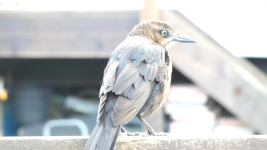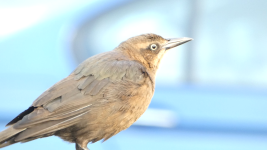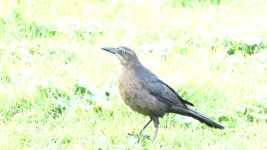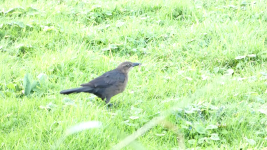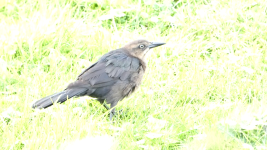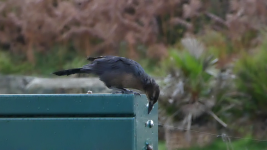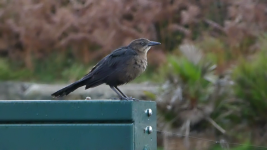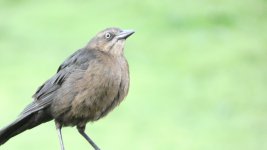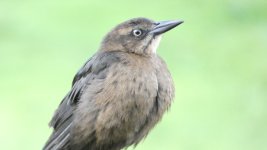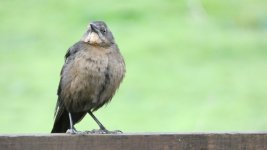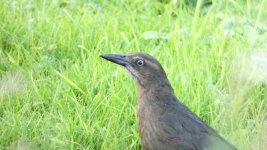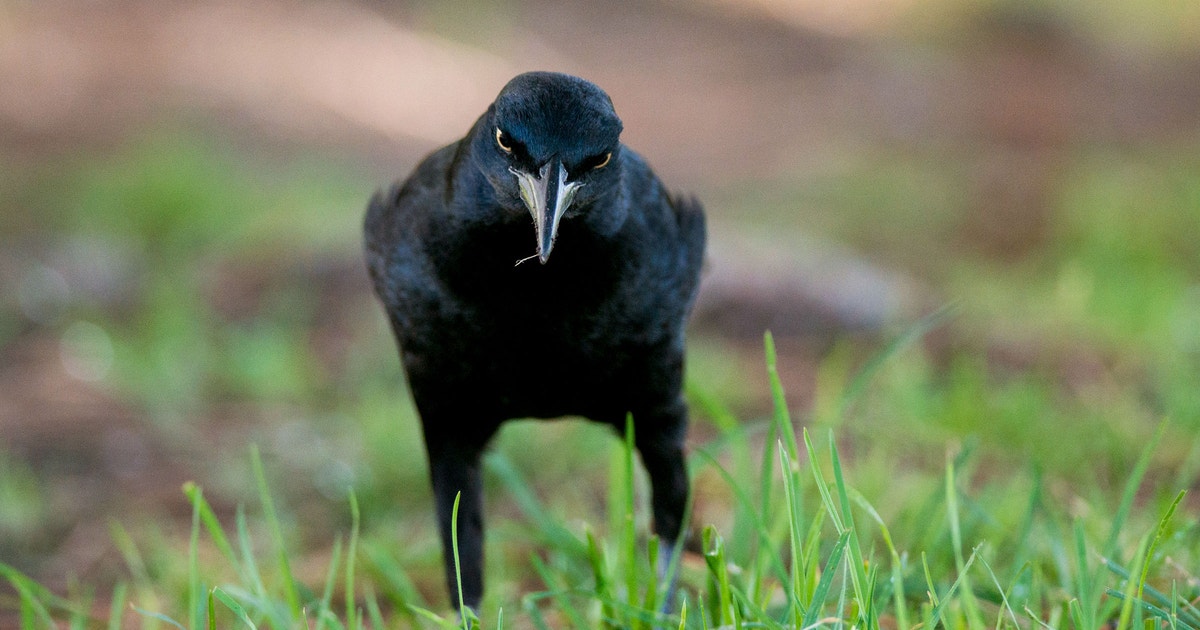phil baber
Clipped Wing

As a lot of birders in the UK are aware, there is a Grackle species at Nolton Haven, in Pembrokeshire, West Wales. It was discovered last week. And could represent a first record for the British List. (Whether ship-assisted or not, it is a very important record!)
From its initial discovery to now it has been identified as a female Great-tailed Grackle (Quiscalus mexicanus.)
We only live 18 miles away, so yesterday took the opportunity to go see it. Never having seen a live Grackle before, I took lots of footage in various, often poor lighting conditions between rain showers.
Doubts were being raised yesterday as to whether the initial ID was correct, and that (Atlantic) Boat-tailed Grackle (Quiscalus major) might be a better fit for ID?
And I believe this debate is continuing.
So today I took as many useful grabs as I could from my footage, to assist in showing people how the bird looks under various light conditions, and with as much structural and plumage detail as possible.
Putting these images here will give a better platform for debate and discussion. And, I hope, some valuable input from the wonderful American birding collective. (Who are the people who should know!)
Sibley can only take you so far after all...
Thanks in anticipation of any constructive feedback here.
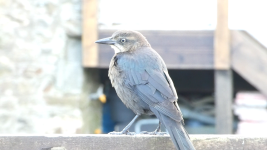
From its initial discovery to now it has been identified as a female Great-tailed Grackle (Quiscalus mexicanus.)
We only live 18 miles away, so yesterday took the opportunity to go see it. Never having seen a live Grackle before, I took lots of footage in various, often poor lighting conditions between rain showers.
Doubts were being raised yesterday as to whether the initial ID was correct, and that (Atlantic) Boat-tailed Grackle (Quiscalus major) might be a better fit for ID?
And I believe this debate is continuing.
So today I took as many useful grabs as I could from my footage, to assist in showing people how the bird looks under various light conditions, and with as much structural and plumage detail as possible.
Putting these images here will give a better platform for debate and discussion. And, I hope, some valuable input from the wonderful American birding collective. (Who are the people who should know!)
Sibley can only take you so far after all...
Thanks in anticipation of any constructive feedback here.

Attachments
-
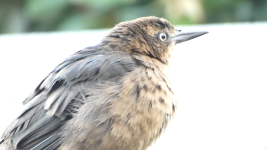 vlcsnap-2023-10-28-18h09m14s592.png1.5 MB · Views: 20
vlcsnap-2023-10-28-18h09m14s592.png1.5 MB · Views: 20 -
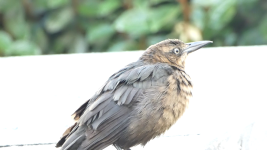 vlcsnap-2023-10-28-18h09m54s293.png1.5 MB · Views: 20
vlcsnap-2023-10-28-18h09m54s293.png1.5 MB · Views: 20 -
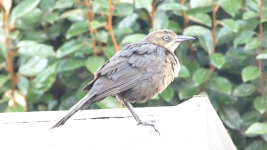 vlcsnap-2023-10-28-18h10m59s585.png2 MB · Views: 21
vlcsnap-2023-10-28-18h10m59s585.png2 MB · Views: 21 -
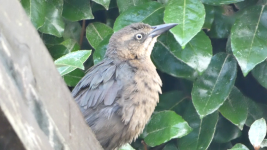 vlcsnap-2023-10-28-18h13m41s967.png2.4 MB · Views: 23
vlcsnap-2023-10-28-18h13m41s967.png2.4 MB · Views: 23 -
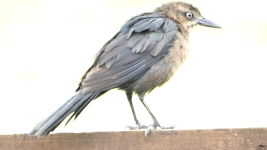 vlcsnap-2023-10-28-18h16m11s702.png1 MB · Views: 23
vlcsnap-2023-10-28-18h16m11s702.png1 MB · Views: 23 -
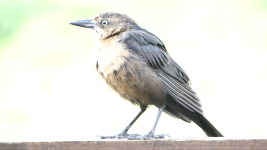 vlcsnap-2023-10-28-18h17m00s087.png1.2 MB · Views: 22
vlcsnap-2023-10-28-18h17m00s087.png1.2 MB · Views: 22 -
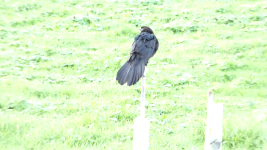 vlcsnap-2023-10-28-18h18m51s209.png2.6 MB · Views: 27
vlcsnap-2023-10-28-18h18m51s209.png2.6 MB · Views: 27 -
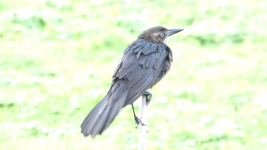 vlcsnap-2023-10-28-18h18m58s019.png1.9 MB · Views: 24
vlcsnap-2023-10-28-18h18m58s019.png1.9 MB · Views: 24 -
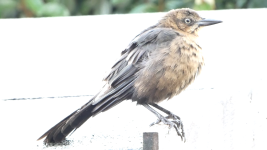 vlcsnap-2023-10-28-18h08m38s342.png1 MB · Views: 21
vlcsnap-2023-10-28-18h08m38s342.png1 MB · Views: 21 -
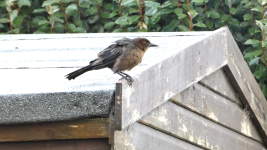 vlcsnap-2023-10-28-18h07m41s320.png2.2 MB · Views: 15
vlcsnap-2023-10-28-18h07m41s320.png2.2 MB · Views: 15 -
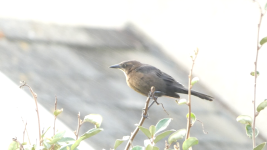 vlcsnap-2023-10-28-18h05m03s232.png1.5 MB · Views: 20
vlcsnap-2023-10-28-18h05m03s232.png1.5 MB · Views: 20 -
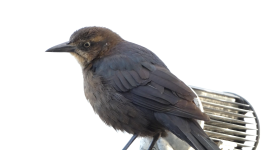 vlcsnap-2023-10-28-17h58m54s276.png1 MB · Views: 18
vlcsnap-2023-10-28-17h58m54s276.png1 MB · Views: 18 -
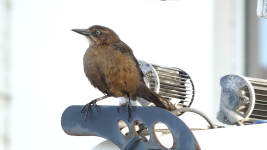 vlcsnap-2023-10-28-17h59m20s981.png1.3 MB · Views: 18
vlcsnap-2023-10-28-17h59m20s981.png1.3 MB · Views: 18 -
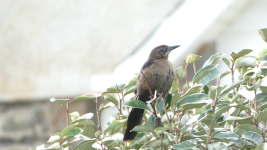 vlcsnap-2023-10-28-18h01m51s769.png1.8 MB · Views: 16
vlcsnap-2023-10-28-18h01m51s769.png1.8 MB · Views: 16 -
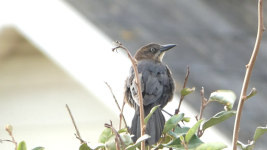 vlcsnap-2023-10-28-18h02m45s722.png1.8 MB · Views: 14
vlcsnap-2023-10-28-18h02m45s722.png1.8 MB · Views: 14 -
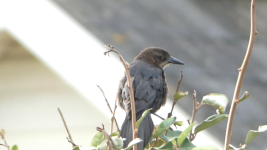 vlcsnap-2023-10-28-18h03m02s273.png1.8 MB · Views: 14
vlcsnap-2023-10-28-18h03m02s273.png1.8 MB · Views: 14 -
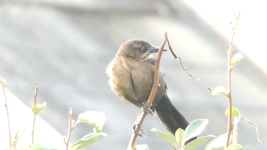 vlcsnap-2023-10-28-18h04m14s865.png1.8 MB · Views: 14
vlcsnap-2023-10-28-18h04m14s865.png1.8 MB · Views: 14 -
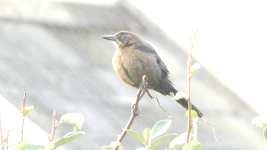 vlcsnap-2023-10-28-18h04m30s937.png1.5 MB · Views: 14
vlcsnap-2023-10-28-18h04m30s937.png1.5 MB · Views: 14 -
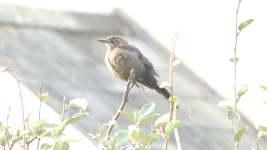 vlcsnap-2023-10-28-18h04m40s626.png1.7 MB · Views: 17
vlcsnap-2023-10-28-18h04m40s626.png1.7 MB · Views: 17




